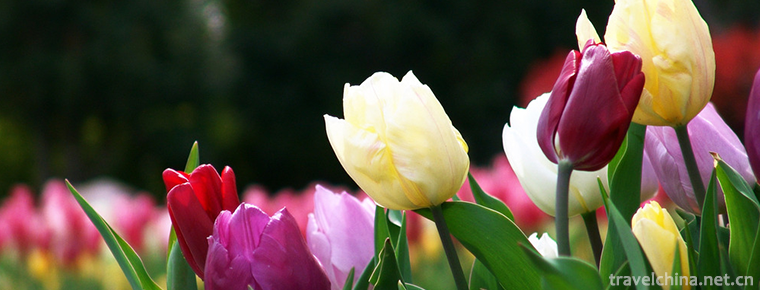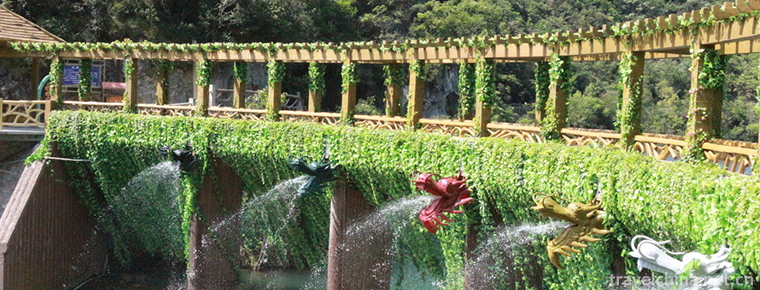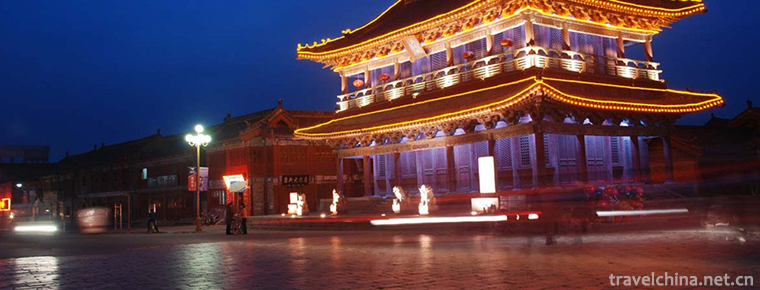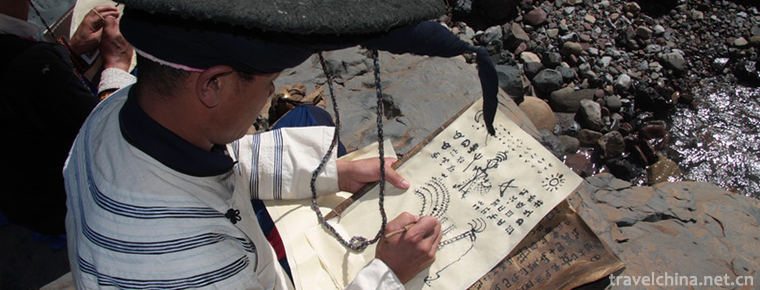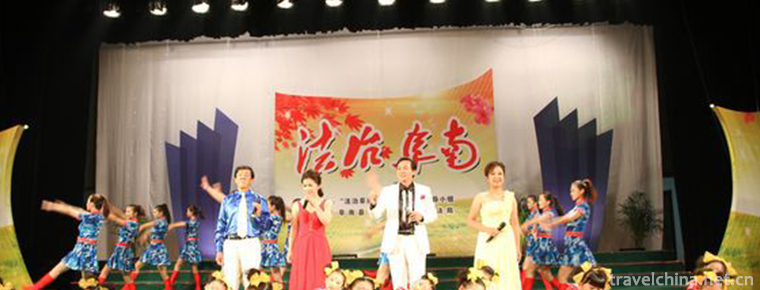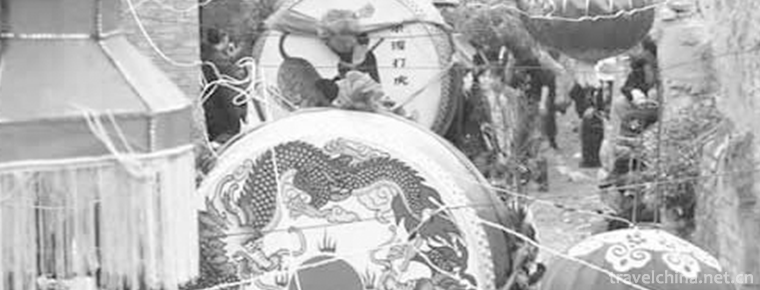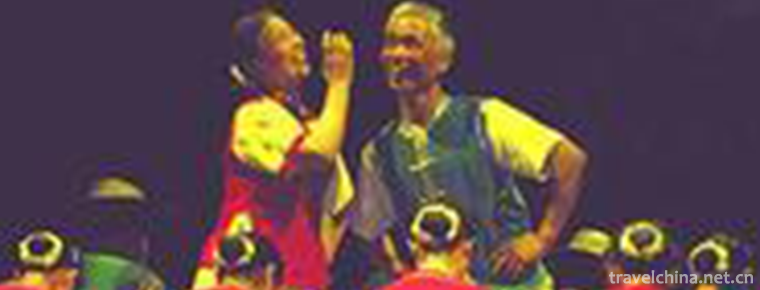Color tie
Color tie
Coloured tie is also called paper tie and silk tie. It is a kind of simulation art of Chinese traditional folk crafts, and also a comprehensive handicraft.
As early as the Tang Dynasty in China, the art of colorful tie-up began to prevail. Craftsmen used bamboo as a backbone. Through artists'ingenious conception and skillful skills, they could tie up all kinds of birds and animals, famous ancient temples and popular opera stories. By the Song Dynasty, it had reached its peak. According to Tokyo Menghualu, Bianjing Caizha craftsmen "cut silk for human beings, cut cotton for clothes", have been able to prick out longevity stars, Ma Gu and lifelike peaches, longevity noodles, as a gift for the birthday of the elderly.
In 2008, it was selected as the second batch of national intangible cultural heritage list.
Historical origin
As early as the Tang and Song Dynasties, the art of colorful tie-up began to prevail in China. Craftsmen used bamboo as a skeleton. Through artists'ingenious conception and skillful skills, they could tie up all kinds of birds and animals, famous ancient temples and popular opera stories.
By the Song Dynasty, it had reached its peak. According to Tokyo Menghualu, Bianjing Caizha craftsmen "cut silk for human beings, cut cotton for clothes", have been able to prick out longevity stars, Ma Gu and lifelike peaches, longevity noodles, as a gift for the birthday of the elderly.
After the Ming and Qing Dynasties, colorful tie-up technology developed rapidly in the north and south of the Yangtze River. After the founding of the People's Republic of China, creative themes began to reflect modern life. Material also changed from paper tie to earth, wax, enamel, silk cloth and so on, making it more expressive.
major function
Paper tie-up products are mostly used in feudal superstition activities in red and white funerals. With the progress of society, they have gradually developed into two forms of livelihood. One is the traditional "color tie-up work" which serves solely for "funeral culture"; the other is the "kite", "lantern color", "color tie-up work" which serves the needs of popular entertainment culture and folk customs, as well as tourist crafts, with the development of the times. New colored tie-up techniques, such as silk man and micro-simulated insect, etc. This new technology not only carries forward the characteristics of traditional folk art, but also meets the aesthetic needs of modern children and becomes their ornamental toys.
Coloured tie has become a kind of Arts and crafts, besides traditional themes, many works reflecting real life have been created. With the development of tourism, color tie technology has become a popular tourist souvenir. Caizha characters belong to the same category as Beijing silk people and Guangdong yarn lanterns. They are drawn from a wide range of materials, but most of them are opera characters, with double and group images. The taller ones are up to 2 meters, while the smaller ones are less than 5 inches. Caizha characters are rich in expressive force, and artists can improvise and make folk art at will. The content is ordered by the customer at will, and the specifications depend on the need. Generally, the shape is concise, the body is washed and the gestures are realistic. The whole group of characters mostly express their personality in green, white, red and black, while the animals are exaggerated, full of decoration and witty.
artistic form
Caizha is divided into "standing" and "sitting" two kinds, "standing" generally produces large-scale works, such as "Aoshan", "Lingcuo", "Cailou", "sitting" generally produces exquisite works, well-known figures, birds and animals. Coloured tie crafts in our province belong to the same category as silk people in Beijing and yarn lanterns in Guangdong, mainly in Xiamen and Quanzhou. Xiamen Caizha belongs to the "Northern School" and is good at performing martial arts characters. The late old artist Ke Shi is the representative of the Northern School Caizha. His works include "Wusongda Store", "Lion Tower", "Happy Forest", "Jingyanggang" and so on. The characters are vivid and lifelike. Quanzhou Caizha belongs to the "Southern School" and is good at the image of women in tie-up drama. The representative works of the old artist Chen Tianen are Guanyin, Niulang and Zhinu, Shuiman Jinshan, Chen Sanwuniang, Farewell My Concubine, The Story of the West Chamber, A Dream of Red Mansions, etc. The Quanzhou Caizha artists also include Lu Jinchai, Chen Lang and others. Their works also have their own strengths.
Inheritance significance
Caizao has high practical value, artistic and ornamental value, as well as scientific research value. It is a good embodiment of Chinese traditional crafts.
Inheriting characters
Chen Tianen is the founder of Caizha in Quanzhou
Before liberation, Caizhadian under the East Tower of West Street was unknown. In those days, the small Caizha people in the shop became a memory that can never be erased in the hearts of the people of West Street and even the whole Quanzhou. Recalling Chen Tianen's painted tie figures, the old people in West Street climbed up their faces from the wrinkles, slid into the corner of their mouth and talked endlessly.
Chen Tianen created Quanzhou Caizha and created this unique traditional folk art in Quanzhou.
Unfortunately, the old artist has been dead for more than 10 years. Although the old artist brought many apprentices and handed the craft to his daughter Chen Dongdong, nowadays, the young people hardly know the color tie, let alone know the craft and engage in it.
Founder: Chen Tianen
In 1916, Chen Tianen was born in the age when paper tie was prevalent. Many people in his neighbourhood were engaged in paper tie technology. Born in such an environment, he was destined to create the color tie process is arranged by God - because color tie is evolved from paper tie.
Paper tie is a variety of old paper and bamboo statues or servants, city figures, used to worship the gods, or to commemorate the dead relatives burned paper money together.
As a child, Chen Tian-en was fond of drawing, constantly speculating about the characters in the novel and copying the illustrations in various versions of the novel.
When Chen Tianen was alive, he often told his daughter about his childhood. Chen Dongdong said, "When my father was young, he liked to read novels, especially Chinese classics, to understand the characters in the novels. And he likes to draw everything. Sometimes, he will stand still and look at birds, chickens and trees for a long time, or at Wusong's portraits, and study the appearance and manner of these people and animals.
These laid a solid foundation for Chen Tianen's creation of color tie-up art, but at that time paper tie was still the main method. Paper tie is very rough, only the front is pasted with paper, painted image, and the back can directly see inside the bamboo strips and rags cotton and so on.
Can you change the paper binding material to make it more perfect and more vivid? Long-term thinking has given Chen Tianen new ideas.
Since then, he has been thinking about how to do it all day and experimenting repeatedly. Finally, he succeeded in using wire and cotton instead of bamboo strips to make a human skeleton; at the same time, instead of using paper as a coat, he really cut the flower cloth and made small clothes, and then put them on. Every shawl and belt was slowly made by himself, and all the flowers, birds, fish, insects and various patterns above had to be embroidered carefully by himself.
What about the head and hands left? It's hard not to be a conscious person - there were many clay heads for other purposes in Chaozhou and other places in Guangdong at that time. Chen Tianen took them directly and then described the posture and posture of the characters.
The first coloured tie was born.
"Coloured tie is much more beautiful and delicate than paper tie. At that time, the father generally did the image of Guanyin, God of Wealth, Guan Gong or the West Chamber, Liang Zhu, Chang'e and other gifted and beautiful women. Chen Dongdong said.
Developer: Lu Jinchai
Chen Dongdong took out a picture.
Li Yuhe, the protagonist of the model play "Red Lantern" in the Cultural Revolution, thought that the photo was taken by a real stage actor, but it was a colour-tied character made by an apprentice of Chen Tianen. My colleague sighed, "It's so similar that I can't distinguish it in the photos. It's really god."
Chen Tianen's proud apprentice, Lu Jinchai, is a vital figure in the development of Caizha in Quanzhou.
"Lu Jinchai, who learned Caizao from my father, later found that the head from Chaozhou was monotonous in shape and manner, and was generally only suitable for being a gifted lady." Chen Dongdong said, "Lu Jinchai started his own experiment, after treating the soil with several processes, he made the head and hand needed by the color-tied figures. Later, at last.
As a result, the image of Caizha characters has been enriched a lot. Moreover, Lu Jinchai has created a large number of works reflecting modern life that my father has not touched upon, such as nursing homes, nurseries, breeders, two bumper harvests of fishing nets, pig fattening, eight girls crossing the sea Kaige, etc. During the Cultural Revolution, a large number of model opera characters were created, such as Li Yuhe, Aqing Sister-in-law, Red Detachment of Women, White-haired Women and Yang Zirong.
Lu Jinchai also produced many ethnic minority figures and some traditional themes.
In 1961, he was awarded the title of an artist in the colorful tie industry. At the 1972 National Arts and Crafts Exhibition, Lu Jinchai's works "sowing" were rated as excellent works.
Unfortunately, Lu Jinchai also died.
Female heir: Chen Dongdong
Chen Dongdong practiced brush writing at home when he didn't do it. "My father also practiced brush writing diligently at that time, because he was afraid that if he didn't do it for a long time, he would not be able to draw the image of the people who did it."
When I learned Caizao, it was neither my father's intention nor my initiative, but a chance.——
In 1973, according to the spirit of "artists can learn art with their children", Chen Dongdong entered the local state-owned Quanzhou Art and Craft Factory.
"When I graduated from high school, what I wanted to do was to continue studying. But reality does not permit, it was quite difficult to have a job in that year, but also to enter the state-owned enterprises which meant iron rice bowl, no one is willing to give up. Moreover, in the environment at that time, the possibility of going to university was very small, and only went to the mountains and countryside. Nevertheless, after learning Caizao, you can always sit at work. For a girl in that year, there is no reason to give up having such a relaxed iron rice bowl.
Chen Dongdong entered the craft factory, following his father, Chen Tianen, the founder of Caiza.
"At first, I had no choice but to enter the craftsmanship factory, but later I saw my father and other old artists constantly pursuing, and I also found happiness in the process of colorful tie-up."
"Slowly I fell in love with color tie, deeply in love with color tie."
Chen Dongdong was very happy when he recalled that time. Fifty or sixty people were the most employed in the factory.
She introduced that the state-owned Quanzhou Fine Arts and Crafts Factory was founded in 1954. Her father, Chen Tianen, was appointed director of Caiza Workshop, and later became director of the factory.
"Caizha was very popular at that time, and its products were mainly used for exhibitions abroad by the national cultural departments."
"At that time, the factory was located in a resident's home in the back city."
In the mid-1980s, Chen Dongdong opened his own colour-tied factory.
"At the beginning, the supply of goods to the state-owned department stores was guaranteed and well done. By the mid-1990s, most of them were sold to private bosses, many of them could not collect their bills and make no money, and there were fewer and fewer people buying clothes tie. It seemed that people liked so much that they couldn't continue to work.
People get married and start shooting wedding gowns instead of tie-ups; people start singing karaoke, disco dancing, roller skating; people... Chen Dongdong has been holding colour tie for about 10 years.


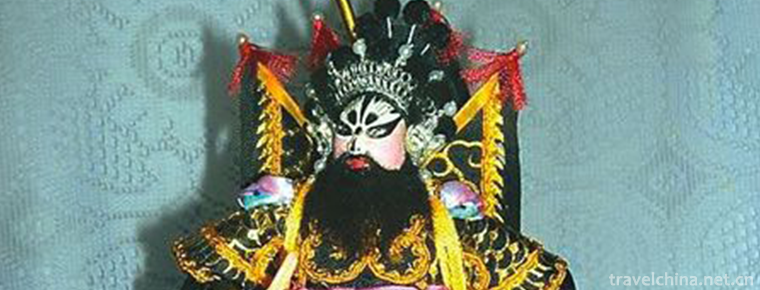
-
Shanghai Flower Port
Shanghai Flower Harbor is a new town in southeastern Pudong along the dripping lake of the East China Sea. It has a unique geographical location. Opened in September 2002.
Views: 223 Time 2018-12-19 -
Wulong River Scenic Spot
Wulong River Tourism Scenic Area will soon be promulgated as a national scenic spot and a national natural forest reserve. The main river in the scenic spot is Wulong River.
Views: 150 Time 2018-12-22 -
Bassoon ba song cuo
Basongtao, also known as Caogao Lake, means "green water" in Tibetan. It is about 18 kilometers long. Its surface area is about 27 square kilometers..
Views: 252 Time 2019-01-02 -
Lion Tower Tourist Area
Lion Tower Tourist City is located at the head of the cross street of Yanggu County Town. It was built in Jingyou of the Northern Song Dynasty for three years..
Views: 100 Time 2019-02-08 -
Bemo painting
Bimo Painting of the Yi Nationality is a kind of picture on paper or animal skin, bark, bamboo slips, stone, wooden boards and other carriers painted by Bimo, a priest of the Yi Nationality..
Views: 244 Time 2019-04-04 -
Haizi Opera
Hezi Opera is one of the traditional operas in Anhui Province. It was named after the pronunciation of the word "sea". It is popular in some areas of Anhui and Henan.
Views: 193 Time 2019-05-03 -
Pipa Art
In the history of modern Chinese traditional folk music, there are two schools of pipa: the "Shanghai School" (Pudong School) and the "Zhejiang School" (Pinghu School). The Pipa ar.
Views: 102 Time 2019-06-09 -
Yucun drum car
Yucun Drum Car has a history of more than 2,700 years. It has recovered after a long history of ups and downs. Drum truck is a combination of drum and car, which evolved from the ancient chariot. As a.
Views: 92 Time 2019-06-28 -
Zhongshan Salt Water Song
Salt water song is a form of expression of Guangdong local folk songs, which is mainly spread among farmers and fishermen in the coastal and river network areas of Zhongshan, Panyu, Zhuhai and South C.
Views: 86 Time 2019-08-03 -
Advertising for rent
There are six advertising spaces for each article, first come, first served..
Views: 369 Time 2019-08-30 -
Music that Ding Zhen likes
Zhaxi Dingzhen (Chinese Name: Ding Zhen), Tibetan, lives in Litang County, Ganzi Prefecture, Sichuan Province..
Views: 144 Time 2020-12-07 -
Sports in Yibin
In 2019, Yibin sports team (member) won 4 world-class gold medals, 15 national gold medals, 30 provincial gold medals, 38 silver medals and 41 bronze medals. The annual sales of sports lottery tickets reached 410 million yuan, and 15 million yuan of public w.
Views: 329 Time 2020-12-18
